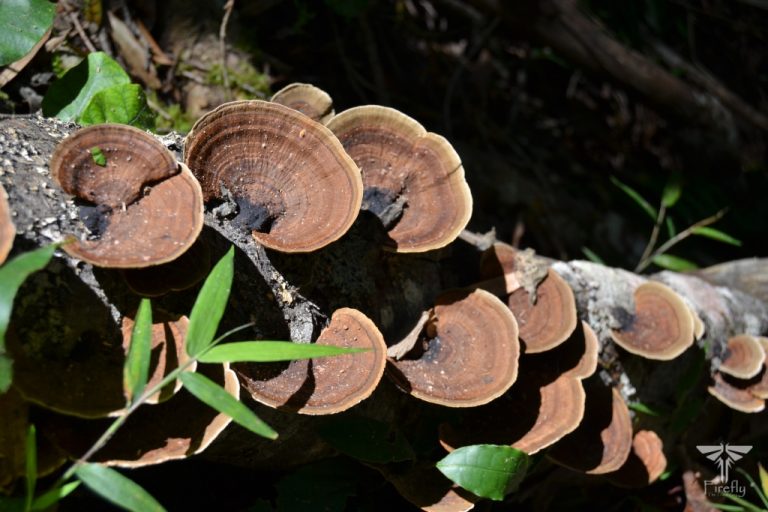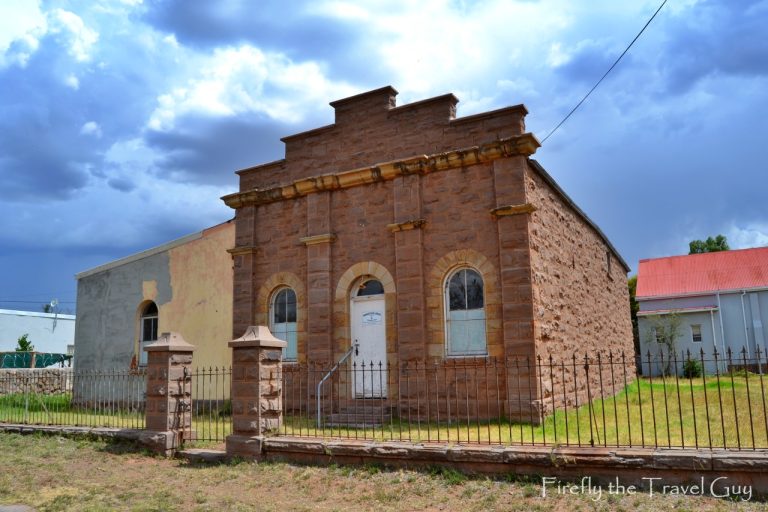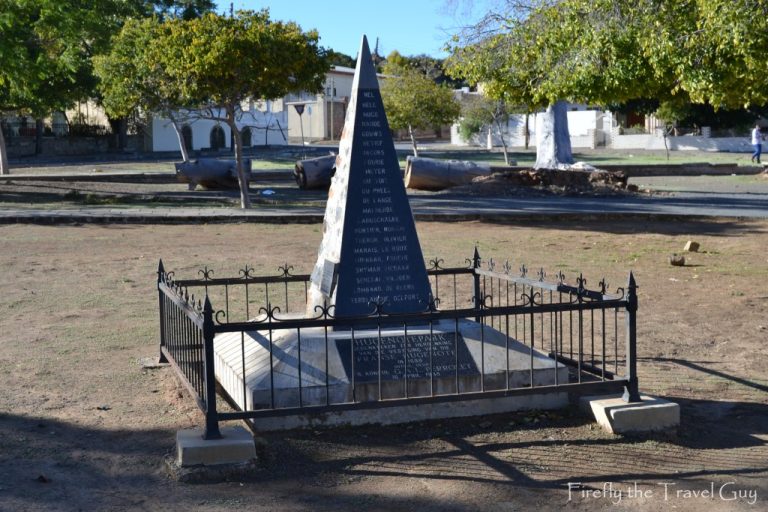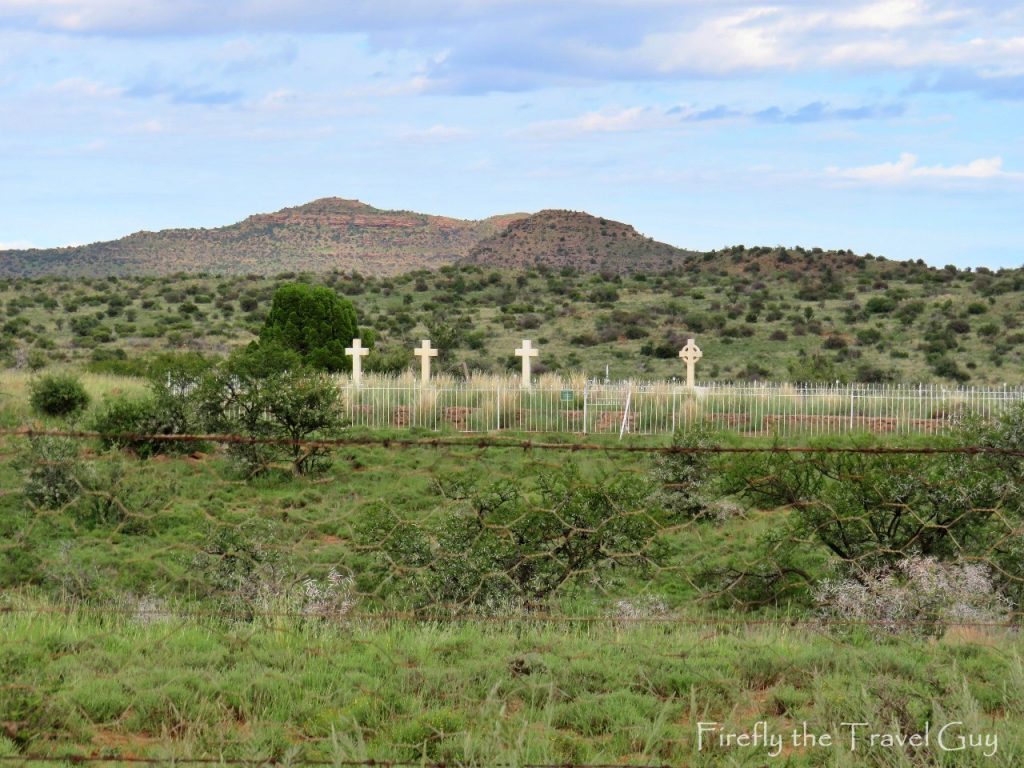
Sir Winston Churchill became Prime Minister of the United Kingdom in 1940 and is primarily known for his leadership of Britain during the Second World War. He was a prominent statesman, writer, and orator who rallied the British people and guided the nation through the war. Churchill is also remembered for his inspiring speeches and unwavering determination, even in the face of adversity. But did you know Winston Churchill also had involvement in the Anglo Boer War?
Churchill arrived in South Africa as a war correspondent for The Morning Post, seeking to cover the conflict between British forces and the Boers. In November 1899, he was captured by Boer forces after an ambush of an armoured train. He was imprisoned in a POW camp in Pretoria but escaped in December 1899, making a dramatic trek to safety. After escaping, Churchill rejoined General Sir Redvers Buller’s army on its march to relieve the siege of Ladysmith. He also obtained a commission in the South African Light Horse Regiment. He participated in the capture of Ladysmith and Pretoria, even leading the charge to demand the surrender of Boer guards in Pretoria. He continued to report on the war as a correspondent.
This post has very little to do with Winston Churchill, other than the fact that it involves the 17th Lancers, whom Captain Victor Sandeman, a cousin of Winston Churchill, commanded. There’s still a link though, and it’s nice to name-drop.
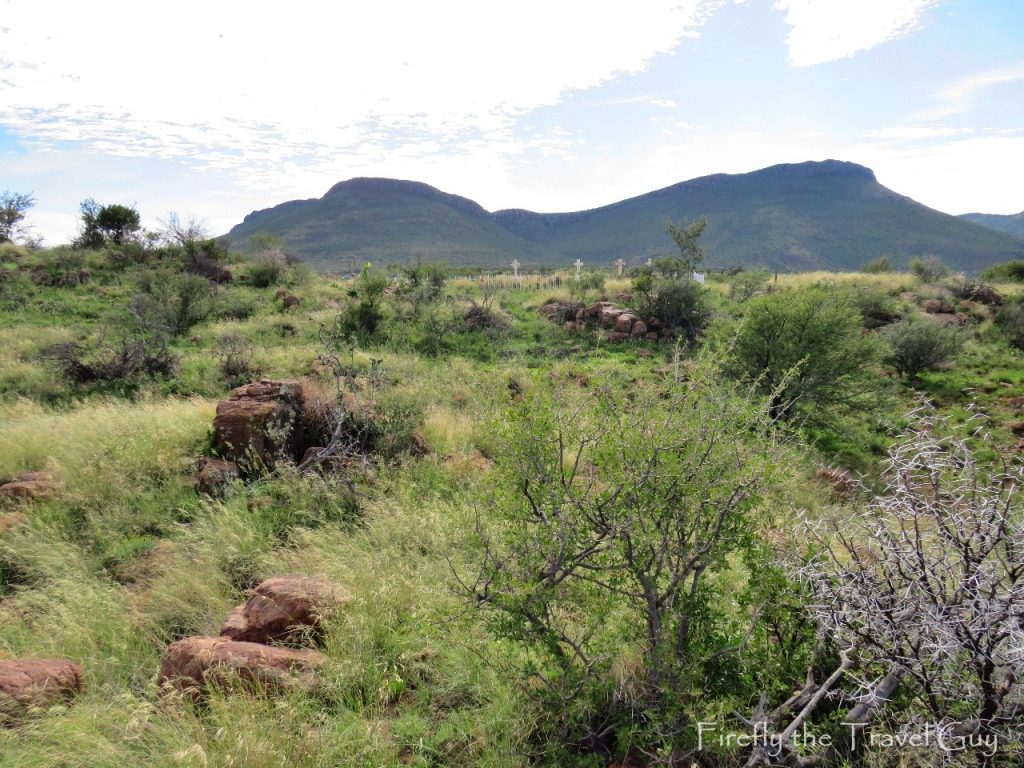
Modderfontein is located about 23km outside of Tarkastad. It was here that the Battle of Elandsriver took place between the 17th Lancers and a Boer commando led by Commander Jan Smuts. My son, who now lives in Tarkastad, took a drive out to Modderfontein and sent me a couple of photos to post. Hopefully next time I visit he’ll be able to take me out there to see it myself.
On 17 September 1901, during the Second Anglo Boer War, Jan Smuts with a commando of about 250 men, was on a raid deep into the Cape Colony. The Boer force had been struggling in cold autumn rains, barely escaping the pursuing British forces. They came across the Elands River Valley, where a local farmer told them about the C Squadron of the 17th Lancers, whom they could raid for crucial supplies and horses. C Squadron, commanded by Captain Sandeman, were holding the Elands River Poort mountain pass.

“All That Was Left of Them (17th Lancers at Moddersfontein)” by Richard Caton Woodville Jr shows the 17th Lancers’ last stand at the Battle of Elands River.
The Boers took advantage of a mist to encircle the British camp near Modderfontein. When Smuts’ vanguard ran head-on into a Lancer patrol, the British hesitated to fire because many of the Boers wore captured British uniforms. The Boers immediately opened fire and attacked in front while Smuts led the remainder of his force to attack the British camp from the rear.
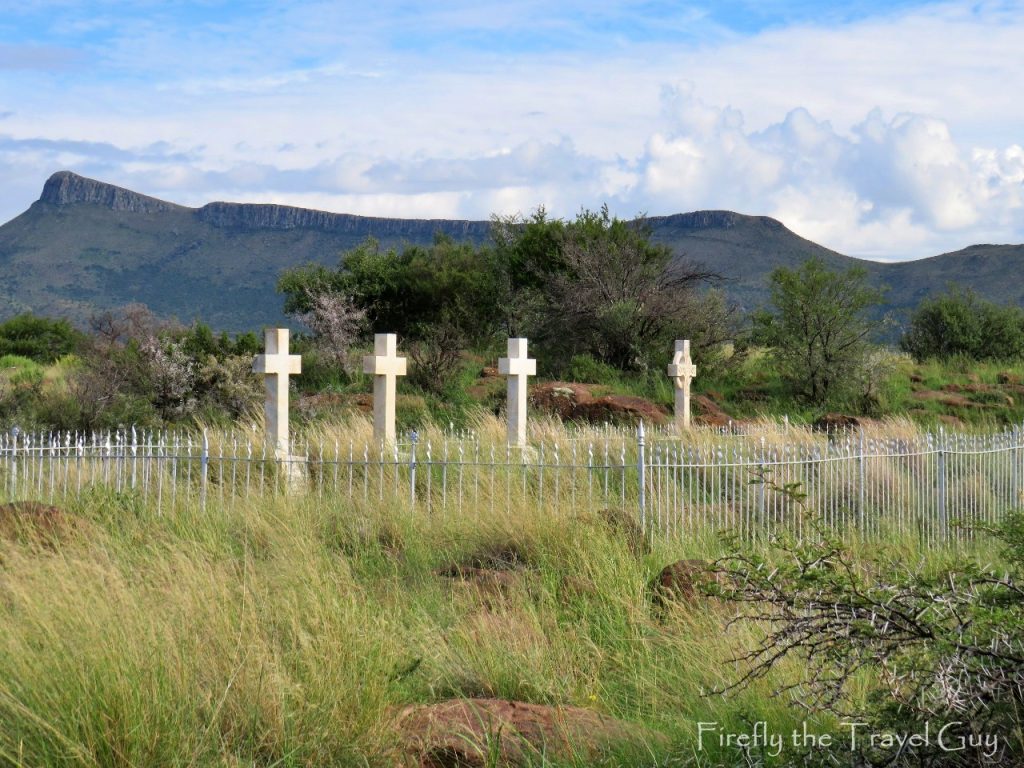
During the battle, the 17th Lancers lost 29 killed and 41 wounded before surrendering. The Royal Garrison Artillery lost 3 killed. Boer losses were only one killed and six wounded. What is astounding is that the 17th Lancers lost more men killed in action on that day than on any other single day in its long history, including even the Charge of the Light Brigade at Balaklava in 1854!
The War Cemetery at Modderfontein has the graves of British Soldiers killed in the Battle. Three officers have separate headstones, and they and the rest of the men of the regiment are buried in a mass grave. The three gunners of the Royal Garrison Artillery who died there are also named on the memorial. Had the Boer commando not succeeded in overwhelming their opponents that day, the history of the Anglo-Boer War and, indeed, of the world, could have been very different. Smuts later became a world figure, a field marshal in the British Army and a member of the original committee of statesmen who proposed the formation of the United Nations.
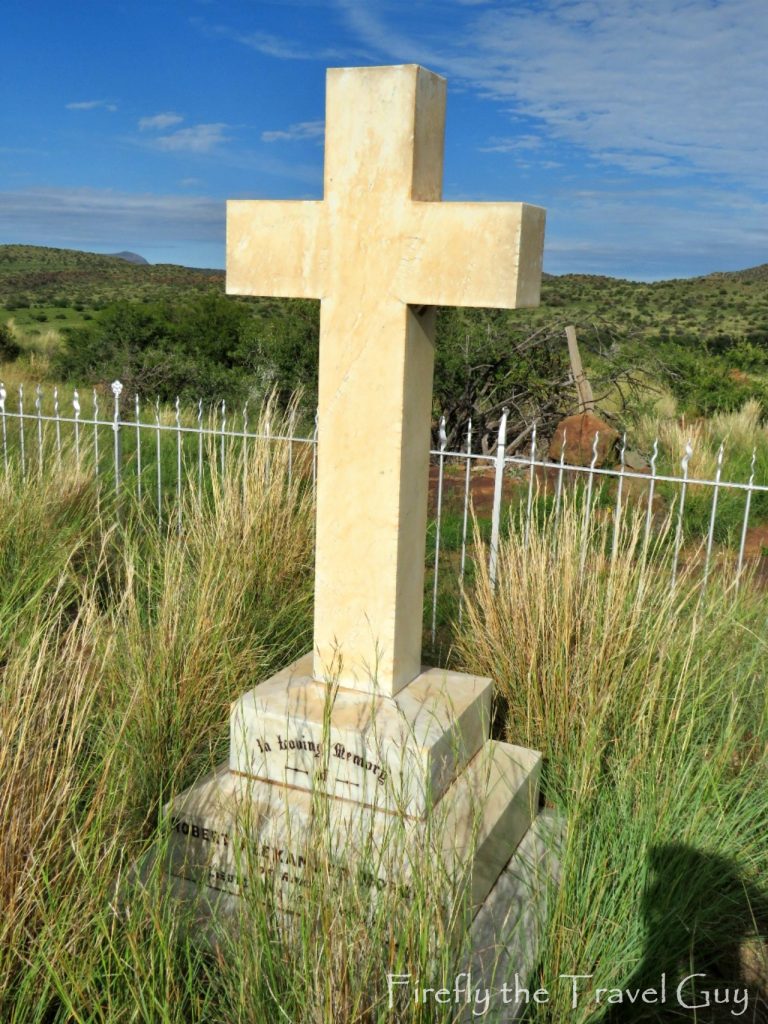

The two middle headstones belong to Lieutenant Robert Alexander Morritt (aged 24) and Lieutenant Philip Leslie Russel (aged 23).
According to accounts, a message that a Boer commando was spotted reached the camp at about noon. Sandeman immediately sent out a troop under 2nd Lieutenant Russel to investigate. Russel’s troop came across part of the Boer commando at a stream and a patch of thorn bush. The Boers levelled their rifles at the Lancers and Russel, believing them to be British, shouted to them: “Don’t fire. We are the 17th Lancers.” The opposite happened and the Boer opened fire. They realised that they would have to finish things quickly before Lancer reinforcements arrived and charged into the remaining Lancers, of whom there were only about fifteen left. Further resistance was hopeless; one or two threw down their arms, but several escaped into the tents. One of the officers, Lieut Morritt, was shot trying to escape on horseback.

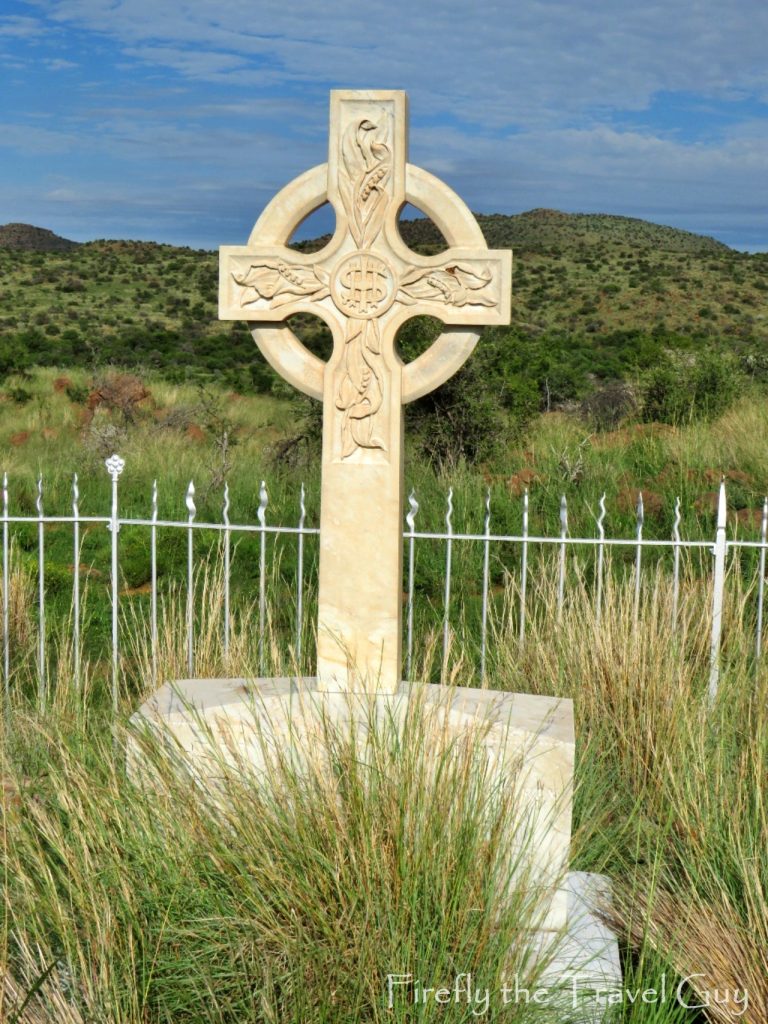
The first headstone belongs to Lieutenant Richard Brinsley Sheridan (aged 27), while the third is the memorial for the rest of the dead.
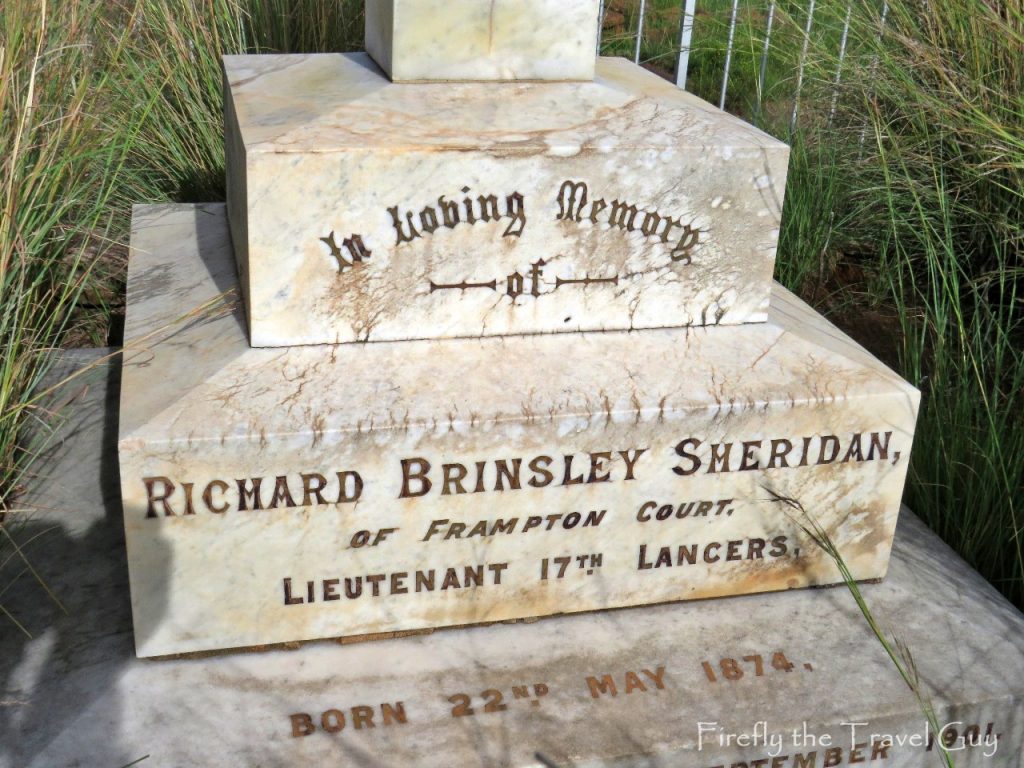
During the battle, the British soldiers on the ledge were getting picked off one after another. Lieutenant Sheridan stuck his head up in front of Jack Borrius, who instantly shot him through the brain. Sheridan’s hat flew up in the air a couple of feet. The young Boers shouted jubilantly in English, with all the heartlessness of combat, “Good shot, Uncle Jack!“.
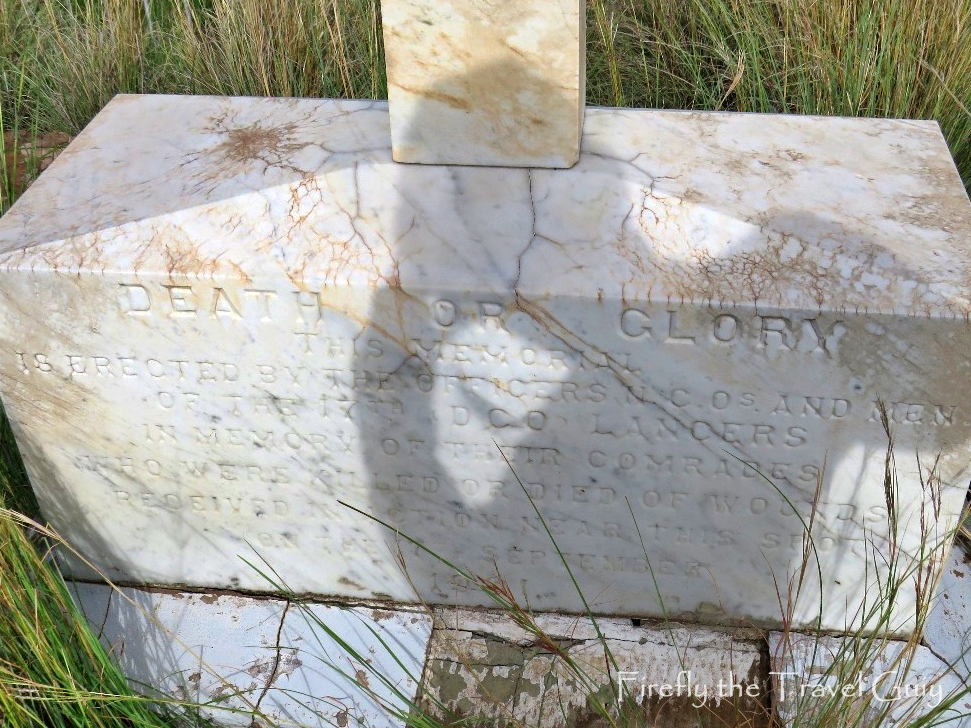
The inscription on the fourth stone reads:
DEATH OR GLORY
THIS MEMORIAL
IS ERECTED BY THE OFFICERS, N.C.OS AND MEN
OF THE 11TH DCO LANCERS
IN MEMORY OF THEIR COMRADES
WHO WERE KILLED OR DIED OF WOUNDS
RECEIVED IN ACTION NEAR THIS SPOT
ON THE 17TH SEPTEMVER
1901
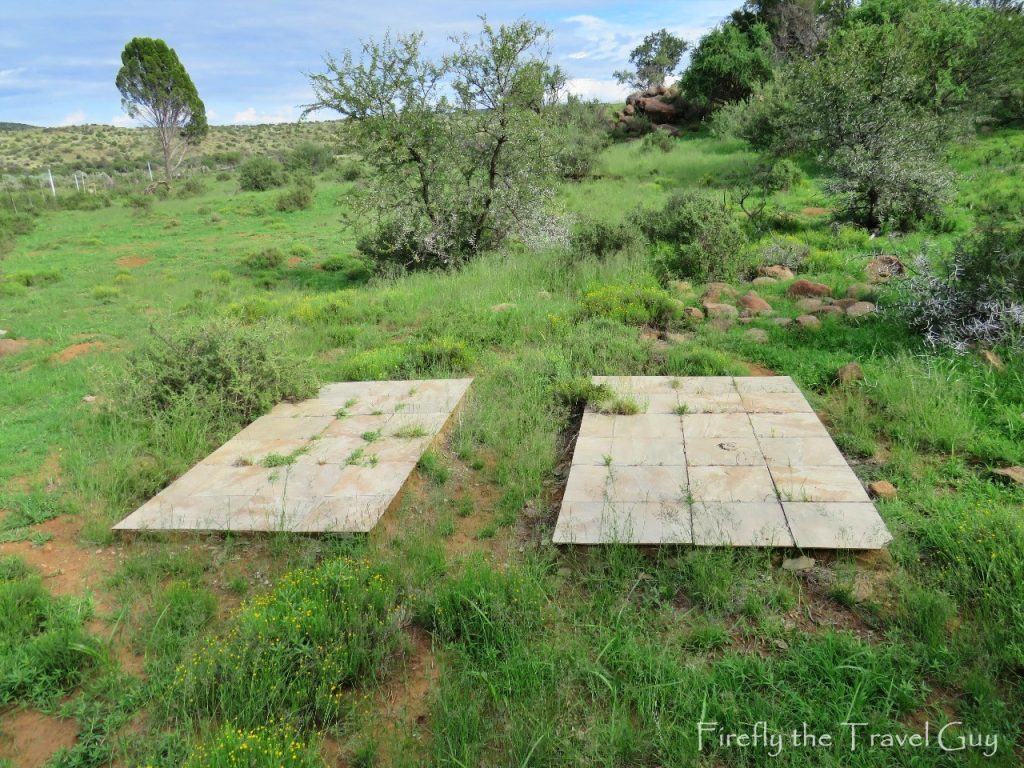
Near the memorial, he also found these two slabs, but I haven’t been able to find any information about them. He said the farmer mentioned something about farm workers’ graves, but I don’t think it’s the same thing. Definitely something I want to have a closer look at if I get to visit the site.
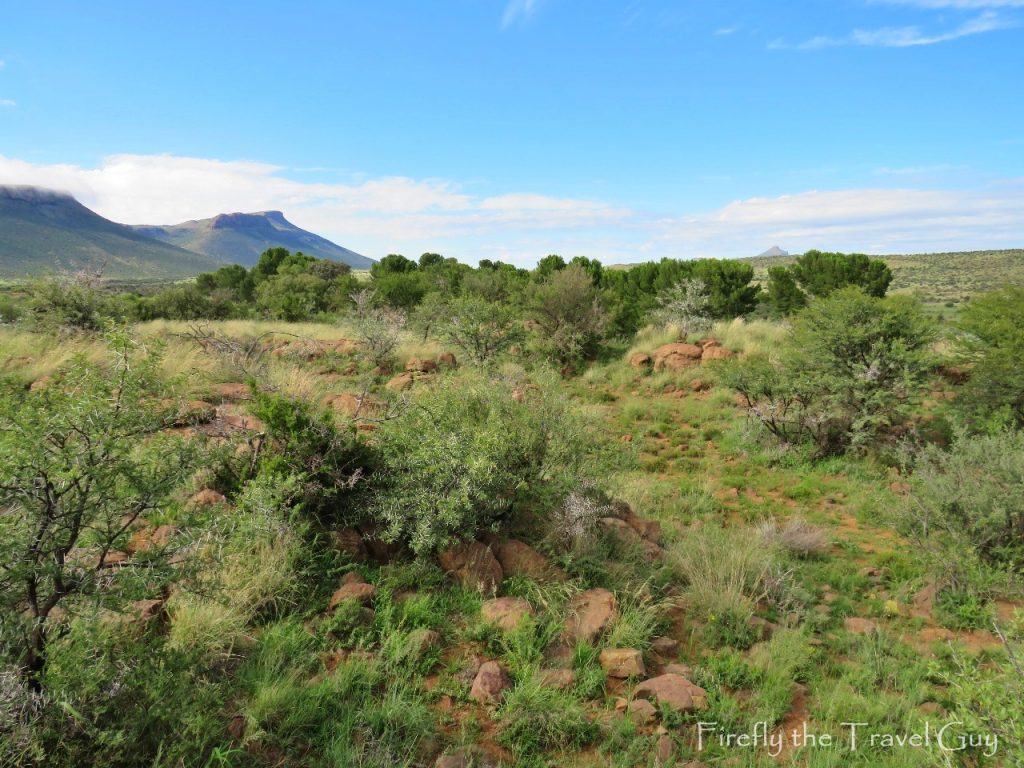
A lot of the information for this post I found on The South African Military History Society website contained in the Military History Journal Vol 13 No 1 – June 2004 and if this kind of thing really interests you then I would definitely recommend you go and read the whole account of the battle.


